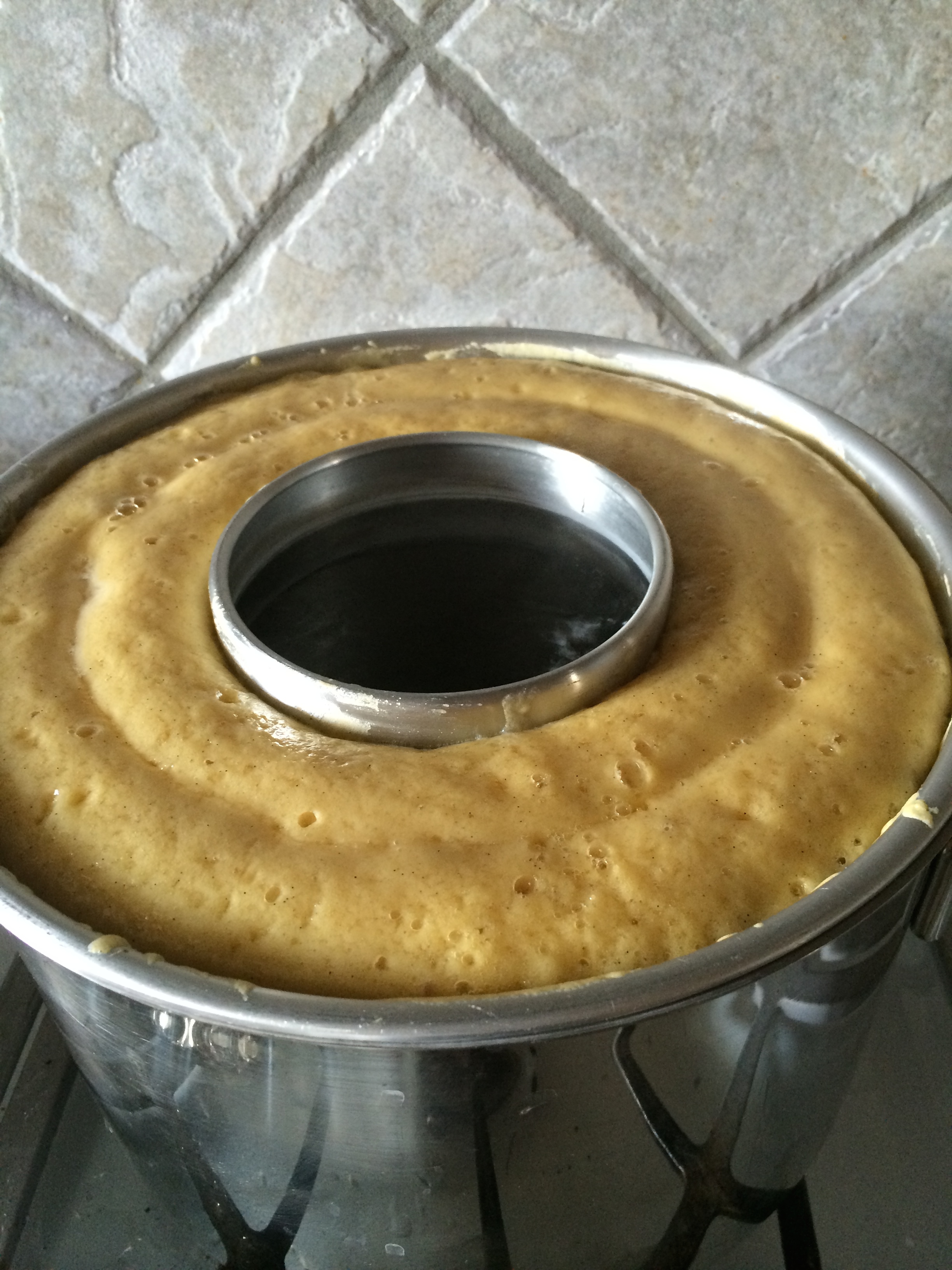Pigs in a Blanket - Pølsehorn
Pigs in a blanket aka pølsehorn is a favorite among kids and adults all over the world. They are perfect for kids birthday parties or as an easy snack or lunch. You cant eat them cold, warm or hot with your choice of condiments.
Ingredients:
10 German style Wieners
Dough:
- 50 g live yeast (or 4 teaspoons dry yeast)
- 250 g water
- 1 teaspoon salt
- 2 tablespoons sugar
- 3 tablespoons milk
- 40 g butter (salted)
- 1 egg
- 425 g all-purpose flour
- 100 g spelt flour
- 1 egg for egg-wash
Directions:
In a bowl combine warm water, milk, yeast and sugar. If you use dry yeast let the mixture stand until foamy, about 5 minutes.
In the stand mixer bowl, whisk flours with salt. Add butter and mix it with a flat beater until the flour looks like crumbs. (Well the dough hook works too.) Stir in yeast mixture and egg until a dough forms. Knead the dough for 5-8 minutes on medium, (8-10 minutes if kneaded by hand), until smooth and elastic.
Let the dough rise covered for 1 - 2 hours until doubled in bulk.
Cut the wieners in half. Line a baking sheet with parchment paper.
Pour the dough onto a lightly floured workspace, fold the dough over 3-4 times and using dough scraper, divide the dough into 18-20 small balls. Gently roll each ball into a 11-inch/30 cm rope, and wrap the dough around the half wiener. Squeeze the ends onto the rest of the dough, so it won't unroll when rising.
Cover the pigs loosely with a clean kitchen towel and let to rise in a warm place for one hour.
Preheat oven to 400℉/200℃ with rack in center. Beat an egg and brush some on top of pigs. Bake until tops are golden brown, about 15 minutes.
Transfer to a rack to cool before serving.
Serve the pigs in a blanket with your favorite condiment.
Enjoy!
This post has been submitted to YeastSpotting
The Danish version:
Ingredienser:
- 50 g gær (eller 4 tsk tørgær)
- 250 g vand, lunkent
- 1 tsk salt
- 2 spsk sukker
- 3 spsk mælk
- 40 g saltet smør
- 1 æg
- 425 g hvedemel
- 100 g speltmel
- 1 æg, til pensling
Fremgangsmåde:
Bland det lunkne vand med mælk, gær og sukker. Hvis du bruger tørgær, så lad blandingen stå indtil det begynder at skumme.
I en røremaskine bland melene, salt og smør, indtil smørret er blandet ordentligt med melet, så det ligner krummer. Kom gærblandingen og ægget i. Rør indtil det er blevet til en dej. Ælt dejen i 5-8 minutter. (Ælt 8-10 minutter, hvis du gør det i hånden). Du skal ende op med en jævn og elastisk dej.
Lad dejen hæve tildækket i skålen i 1-2 timer, eller til den er doblet i størrelse.
Halvér pølserne., og kom bagepapir på et par bageplader.
Hæld dejen ud på et bord drysset med mel. Fold dejen 3-4 gange og del dejlen i 18-20 lige store stykker/boller. Rul bollerne ud til ca. 30 cm lange pølser, og sno dejen rundt om pølserne. Pres enderne ind i dejen, så snoningen ikke ruller op, når pølsehornene hæver.
Dæk pølsehornene med et rent viskestykke, og lad dem hæve i omkring 1 time.
Opvarm ovnen til 200℃. Pensel pølsehornene med det sammenpiskede æg, og bag dem i ca 15 minutter indtil de er gyldne og gennembagte.
Køl pølsehornene lidt af inden de serveres.
Server pølsehorn med sennep og ketchup.
Velbekomme!






